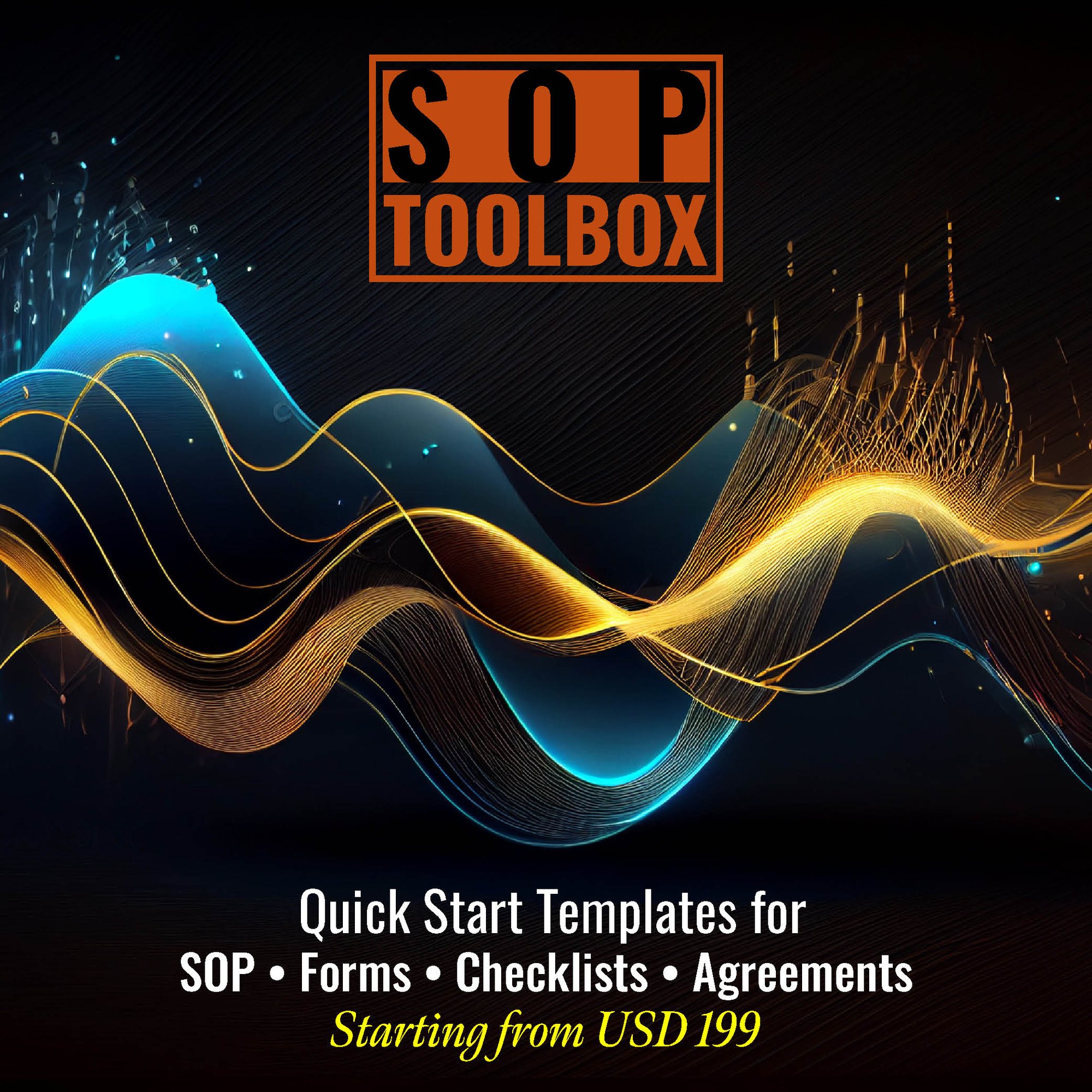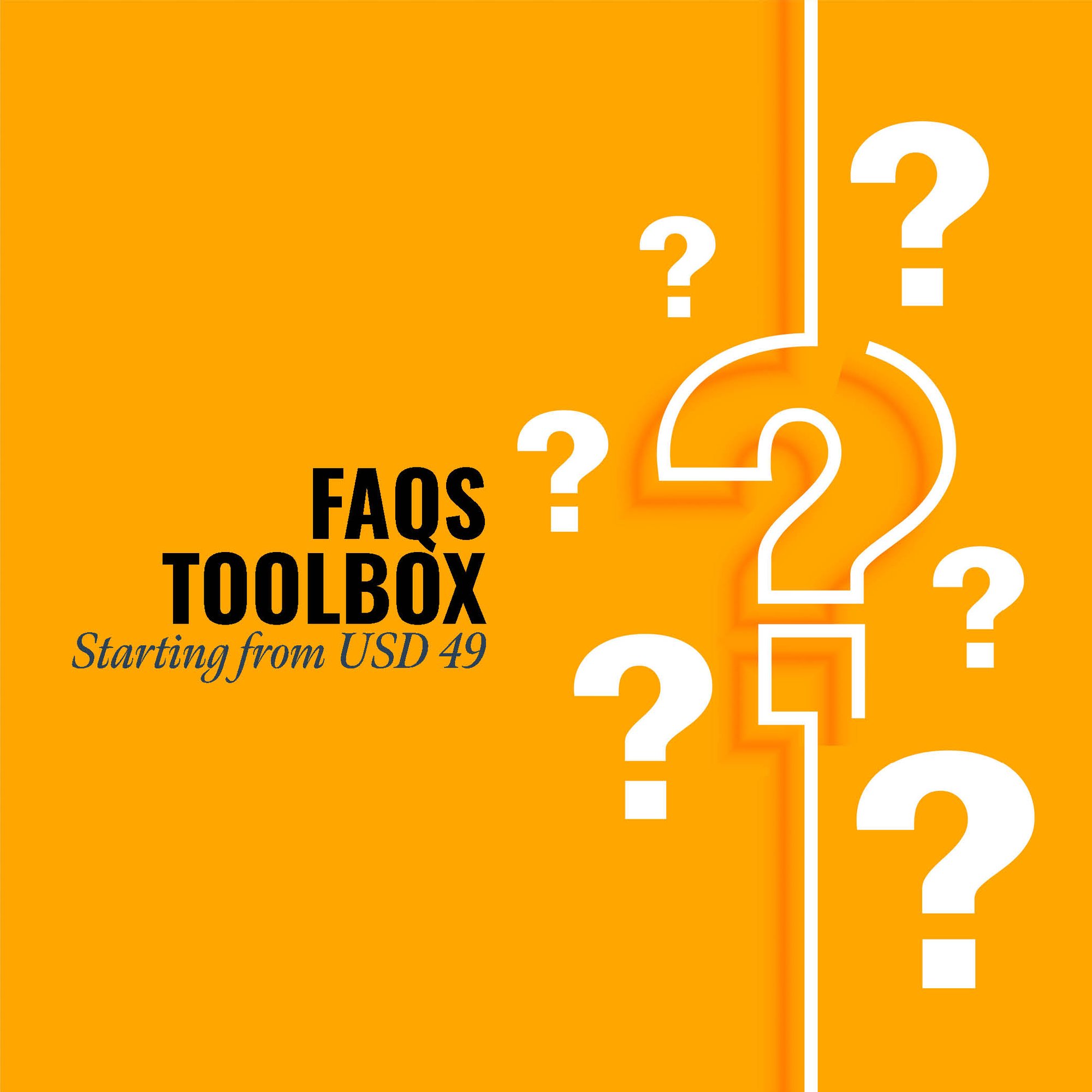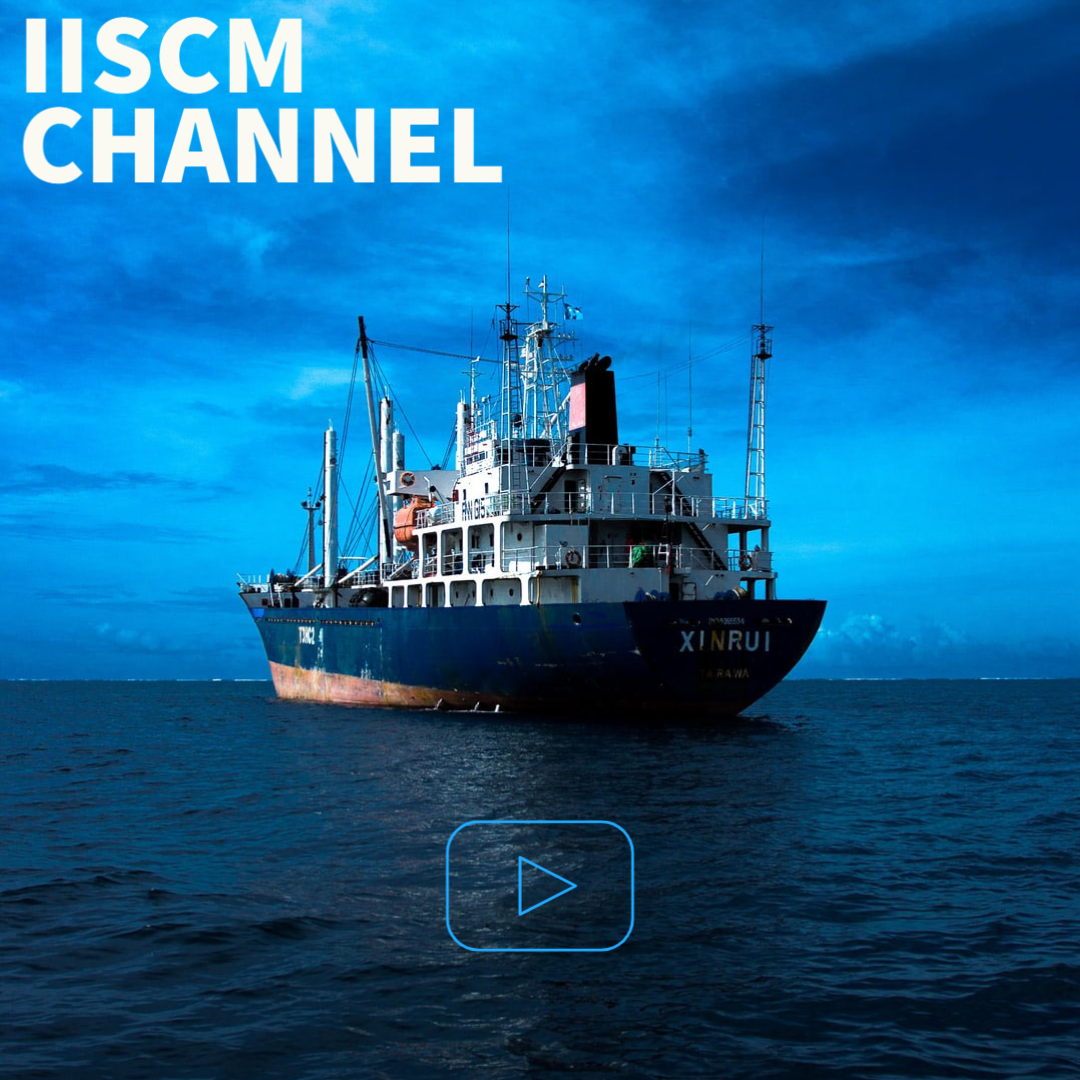An SOP (Standard Operating Procedure) Manual for a Vigilance Department reaps numerous returns in terms of organizational integrity, efficiency, and compliance. Firstly, it establishes standardized procedures for vigilance activities, ensuring consistency and fairness in handling matters related to fraud prevention, detection, and investigation.
Secondly, the manual becomes a key tool for employee training, fostering a unified understanding of ethical conduct, reporting mechanisms, and procedural adherence. This enhances the department's ability to address issues promptly and consistently.
Moreover, the SOP manual plays a crucial role in regulatory compliance, helping the organization adhere to legal and ethical standards. It contributes to maintaining a positive corporate image and can prevent legal repercussions.
In essence, the returns include enhanced organizational integrity, streamlined vigilance processes, improved employee awareness, and compliance with regulatory standards, all of which are vital for the effectiveness and reputation of a Vigilance Department within an organization.
CLICK HERE to download the List of SOPs Document in PDF format. Please share this document with your clients, colleagues and senior officers.
Top 50 Standard Operating Procedures (SOPs) for Vigilance Department
SOP-667-001: Standard Operating Procedure for Vigilance Department - Establishment and Organization
SOP-667-002: Standard Operating Procedure for Vigilance Department - Roles and Responsibilities
SOP-667-003: Standard Operating Procedure for Vigilance Department - Code of Conduct
SOP-667-004: Standard Operating Procedure for Vigilance Department - Confidentiality and Data Security
SOP-667-005: Standard Operating Procedure for Vigilance Department - Reporting Structure
SOP-667-006: Standard Operating Procedure for Vigilance Department - Investigation Protocol
SOP-667-007: Standard Operating Procedure for Vigilance Department - Whistleblower Protection
SOP-667-008: Standard Operating Procedure for Vigilance Department - Case Documentation
SOP-667-009: Standard Operating Procedure for Vigilance Department - Evidence Handling
SOP-667-010: Standard Operating Procedure for Vigilance Department - Interview and Interrogation
SOP-667-011: Standard Operating Procedure for Vigilance Department - Surveillance Procedures
SOP-667-012: Standard Operating Procedure for Vigilance Department - Risk Assessment
SOP-667-013: Standard Operating Procedure for Vigilance Department - Compliance Monitoring
SOP-667-014: Standard Operating Procedure for Vigilance Department - Training and Development
SOP-667-015: Standard Operating Procedure for Vigilance Department - Communication Protocols
SOP-667-016: Standard Operating Procedure for Vigilance Department - Audit and Review
SOP-667-017: Standard Operating Procedure for Vigilance Department - Legal Compliance
SOP-667-018: Standard Operating Procedure for Vigilance Department - Disciplinary Action
SOP-667-019: Standard Operating Procedure for Vigilance Department - External Collaboration
SOP-667-020: Standard Operating Procedure for Vigilance Department - Reporting Mechanisms
SOP-667-021: Standard Operating Procedure for Vigilance Department - Risk Mitigation Strategies
SOP-667-022: Standard Operating Procedure for Vigilance Department - Fraud Prevention
SOP-667-023: Standard Operating Procedure for Vigilance Department - Continuous Improvement
SOP-667-024: Standard Operating Procedure for Vigilance Department - Records Management
SOP-667-025: Standard Operating Procedure for Vigilance Department - Technology Utilization
SOP-667-026: Standard Operating Procedure for Vigilance Department - Conflict of Interest
SOP-667-027: Standard Operating Procedure for Vigilance Department - Stakeholder Communication
SOP-667-028: Standard Operating Procedure for Vigilance Department - Incident Response
SOP-667-029: Standard Operating Procedure for Vigilance Department - Reporting and Analysis
SOP-667-030: Standard Operating Procedure for Vigilance Department - Confidential Reporting Channels
SOP-667-031: Standard Operating Procedure for Vigilance Department - Case Closure and Documentation
SOP-667-032: Standard Operating Procedure for Vigilance Department - Personnel Security
SOP-667-033: Standard Operating Procedure for Vigilance Department - Monitoring and Evaluation
SOP-667-034: Standard Operating Procedure for Vigilance Department - Fraud Detection
SOP-667-035: Standard Operating Procedure for Vigilance Department - Vendor Due Diligence
SOP-667-036: Standard Operating Procedure for Vigilance Department - Information Sharing
SOP-667-037: Standard Operating Procedure for Vigilance Department - Data Analytics
SOP-667-038: Standard Operating Procedure for Vigilance Department - Incident Reporting
SOP-667-039: Standard Operating Procedure for Vigilance Department - Compliance Audits
SOP-667-040: Standard Operating Procedure for Vigilance Department - Crisis Management
SOP-667-042: Standard Operating Procedure for Vigilance Department - Resource Allocation
SOP-667-043: Standard Operating Procedure for Vigilance Department - Security Clearance
SOP-667-044: Standard Operating Procedure for Vigilance Department - Training Evaluation
SOP-667-045: Standard Operating Procedure for Vigilance Department - Policy Review
SOP-667-046: Standard Operating Procedure for Vigilance Department - Information Security
SOP-667-047: Standard Operating Procedure for Vigilance Department - Incident Handling
SOP-667-048: Standard Operating Procedure for Vigilance Department - Reporting Timelines
SOP-667-049: Standard Operating Procedure for Vigilance Department - Grievance Handling
SOP-667-050: Standard Operating Procedure for Vigilance Department - External Investigations
SOP ToolBox: If you are reading these lines, I am sure you are looking for Standard Operating Procedure guidelines or SOPs itself. In both the cases, searching in internet will not be yielding any great help. Because no company shares their SOP Development Process and certainly don’t share their SOP Documents. The best way to develop an SOP is creating one for yourself. At Fhyzics, we write SOPs day-in and day-out for companies across the globe including some of the Fortune 500 organisations. Our charge ranges from USD 5000 to USD 50000 depending upon the number of processes to be covered. Certainly, this is not affordable to small and mid-size organisations. Hence, we decided to create this SOP ToolBox to disseminate our 8-Step SOP Development Life-Cycle and best practices at an unbelievably low price.
I always say, writing an SOP is somewhere between art and science. So far you may be clueless on where to start and how to progress on an SOP? This will not be the case after you diligently go through this SOP ToolBox. We have summarised all our secrets here to get you started and to deliver a stunning SOP to your management.
Each department/organization covered under the normal advisory jurisdiction of the Central Vigilance Commission has a vigilance department headed by a senior level officer designated as the Chief Vigilance Officer (CVO). The Chief Vigilance Officer is appointed with the concurrence of the Central Vigilance Commission. The Chief Vigilance Officer acts as an extended arm of the commission and represents the commission in all vigilance matters. The CVO acts as link between the Organization and CVC. Responsibilities of CVO are to maintain probity, integrity and efficiency in the Organization. CVO acts as watchful eye to curb corruption, misconduct, negligence,
waste & wrongful loss to the Organization.
The parts of vigilance machinery:
- Preventive vigilance
- Punitive vigilance
- Surveillance and detection.
- Examine the existing Organization procedure and eliminate or minimise factors that provide opportunities for corruption or malpractices and suggest remedial measures.
- Plan, conduct regular inspections and surprise visits.
- Identify sensitive posts, plan regular and surprise inspections of such posts.
- Preparation of Agreed List and List of Officers of Doubtful Integrity.
- Investigation of Complaints.
- Grant of Vigilance Clearances.
- Review of Property Returns.
- Maintain close liaison / interaction with CVC, CBI, and Administrative Ministry on vigilance matters.
- Preventive side the Chief Vigilance Officer:
- To examine in detail the existing Rules and procedures of the Organization with a view to eliminate or minimize the scope for corruption or malpractices.
- To identify the sensitive/corruption prone spots in the Organization and keep an eye on personnel posted in such area.
- To plan and enforce surprise inspections and regular inspections to detect the systems, its failures and existence of corruption or malpractices.
- To maintain proper surveillance on officers of doubtful integrity.
- To ensure prompt observance of Conduct Rules relating to integrity of the Officers like
- The Annual Property Returns
- Gifts accepted by the official
- Benami transactions
- Regarding relatives employed in private firms or doing private business etc.
- Technical Association of Biotechnology (TAB).
- Indian Oriental Bank Officer’s Association (IOBOA).
- Indian Bank Association (IBA).
- Indian Association for the Cultivation of Science (IACS).
- Electrical Research and Development Association (ERDA).
- ISO 9001: 2015
- ISO 14001: 2015
- ISO 9001: 2008
- ISO 50001: 2011
- ISO 27001: 2013
- ISO 9001: 2000
- ISO 13485: 2016
- Vigilance | Hasseltweg | Genk | http://www.vigilance-security.be/ |
- Vigilance Department magazine | https://oilweb.oilindia.in/vigilance/magazine.asp |
- Vigilance the Journal | http://thejournalmag.org/archives/12657 |
- The American journal of Emergency medicine | https://www.sciencedirect.com/journal/the-american-journal-of-emergency-medicine |
Our SOP Templates’ clients are from the following States and Countries:
Alabama, Alaska, Arizona, Arkansas, California, Colorado, Connecticut, Delaware, Florida, Georgia, Hawaii, Idaho, Illinois, Indiana, Iowa, Kansas, Kentucky, Louisiana, Maine, Maryland, Massachusetts, Michigan, Minnesota, Mississippi, Missouri, Montana, Nebraska, Nevada, New Hampshire, New Jersey, New Mexico, New York, North Carolina, North Dakota, Ohio, Oklahoma, Oregon, Pennsylvania, Rhode Island, South Carolina, South Dakota, Tennessee, Texas, Utah, Vermont, Virginia, Washington, West Virginia, Wisconsin, Wyoming.
Afghanistan, Albania, Algeria, Andorra, Angola, Antigua and Barbuda, Argentina, Armenia, Australia, Austria, Azerbaijan, Bahamas, Bahrain, Bangladesh, Barbados, Belarus, Belgium, Belize, Benin, Bhutan, Bolivia, Bosnia and Herzegovina, Botswana, Brazil, Brunei Darussalam, Bulgaria, Burkina Faso, Burundi, Cabo Verde, Cambodia, Cameroon, Canada, Central African Republic, Chad, Chile, China, Colombia, Comoros, Congo (Republic of the), Costa Rica, Croatia, Cuba, Cyprus, Czech Republic (Czechia), Democratic People’s Republic of Korea (North Korea), Democratic Republic of the Congo, Denmark, Djibouti, Dominica, Dominican Republic, Ecuador, Egypt, El Salvador, Equatorial Guinea, Eritrea, Estonia, Eswatini, Ethiopia, Fiji, Finland, France, Gabon, Gambia, Georgia, Germany, Ghana, Greece, Grenada, Guatemala, Guinea, Guinea-Bissau, Guyana, Haiti, Honduras, Hungary, Iceland, India, Indonesia, Iran, Iraq, Ireland, Israel, Italy, Jamaica, Japan, Jordan, Kazakhstan,Kenya, Kiribati, Kuwait, Kyrgyzstan, Lao People’s Democratic Republic (Laos), Latvia, Lebanon, Lesotho, Liberia, Libya, Liechtenstein, Lithuania, Luxembourg, Madagascar, Malawi, Malaysia, Maldives, Mali, Malta, Marshall Islands, Mauritania, Mauritius, Mexico, Micronesia (Federated States of), Moldova, Monaco, Mongolia, Montenegro, Morocco, Mozambique, Myanmar (Burma), Namibia, Nauru, Nepal, Netherlands, New Zealand, Nicaragua, Niger, Nigeria, North Macedonia (formerly Macedonia), Norway, Oman, Pakistan, Palau, Panama, Papua New Guinea, Paraguay, Peru, Philippines, Poland, Portugal, Qatar, Republic of Korea (South Korea), Republic of the Congo, Romania, Russian Federation (Russia), Rwanda, Saint Kitts and Nevis, Saint Lucia, Saint Vincent and the Grenadines, Samoa, San Marino, Sao Tome and Principe, Saudi Arabia, Senegal, Serbia, Seychelles, Sierra Leone, Singapore, Slovakia, Slovenia, Solomon Islands, Somalia, South Africa, South Sudan, Spain, Sri Lanka, Sudan, Suriname, Sweden, Switzerland, Syrian Arab Republic (Syria), Tajikistan, Thailand, Timor-Leste, Togo, Tonga, Trinidad and Tobago, Tunisia, Turkey, Turkmenistan, Tuvalu, Uganda, Ukraine, United Arab Emirates, United Kingdom of Great Britain and Northern Ireland, United Republic of Tanzania, United States of America, Uruguay, Uzbekistan, Vanuatu, Venezuela, Viet Nam, Yemen, Zambia, Zimbabwe.
Fhyzics supports organisations in developing the following documentations:
Standard Operating Procedures (SOPs), Work Instructions, Policies and Procedures, Process Flow Diagrams, Job Descriptions, Training Manuals, Employee Handbooks, Compliance Guidelines, Quality Assurance Manuals, Health and Safety Procedures, Risk Management Plans, Business Continuity Plans, Internal Audit Procedures, Incident Reporting Forms, Performance Management Guidelines, Change Management Procedures, Vendor Management Guidelines, Customer Service Protocols, IT Security Policies, IT Support Documentation, Disaster Recovery Plans, Operational Checklists, Data Management Policies, Confidentiality Agreements, Non-Disclosure Agreements, Employee Onboarding Procedures, Employee Exit Procedures, Performance Appraisal Forms, Employee Code of Conduct, Conflict Resolution Procedures, Product Development SOPs, Supply Chain Management Guidelines, Procurement Guidelines, Inventory Management SOPs, Shipping and Receiving Procedures, Production Scheduling SOPs, Maintenance Procedures, Equipment Calibration Documents, Environmental Compliance Documentation, Sustainability Policies, Customer Feedback Forms, Marketing Strategies, Advertising Guidelines, Brand Management Guidelines, Product Packaging SOPs, Laboratory Testing Procedures, Regulatory Compliance Documentation, Tax and Accounting Procedures, Contract Management Procedures, Legal Compliance Guidelines, Financial Reporting Procedures, Budgeting Procedures, Internal Control Procedures, Fraud Prevention Policies, Asset Management Guidelines, Purchase Order Procedures, Sales and Distribution Guidelines, Client Contracts, Customer Return Policies, Internal Communication Protocols, Vendor Evaluation Forms, Product Safety Standards, Workplace Health and Safety Standards, Public Relations Procedures, Social Media Management Guidelines, Crisis Management Plans, Employee Grievance Procedures, Privacy and Data Protection Policies, Digital Transformation Guidelines, Innovation Management Procedures, Continuous Improvement Guidelines, Strategic Planning Documents, Corporate Social Responsibility (CSR) Guidelines, Audit Trails and Records, Employee Training and Development Records, Succession Planning Documents, Talent Acquisition Procedures, Team Collaboration Protocols, Employee Benefit Plans, Workplace Diversity Guidelines, Time and Attendance Tracking, Payroll Procedures, Employee Leave Policies, Conflict of Interest Policy, Emergency Response Procedures, Environmental Impact Assessment Procedures, Transportation and Logistics Procedures, Inventory Control Forms, Warehouse Management Guidelines, Product Lifecycle Management SOPs, Customer Satisfaction Surveys, Third-Party Risk Assessment Guidelines, Technology Adoption Policies, Software Licensing Guidelines, Security Incident Response Procedures, Supply Chain Risk Management Policies, Product Recall Procedures, Food Safety Guidelines, Employee Wellness Programs, Workplace Ergonomics Guidelines.






.jpg?width=645&height=337&name=Standard%20Operating%20Procedure%20-%20SOP%20ToolBox%20(1).jpg)











